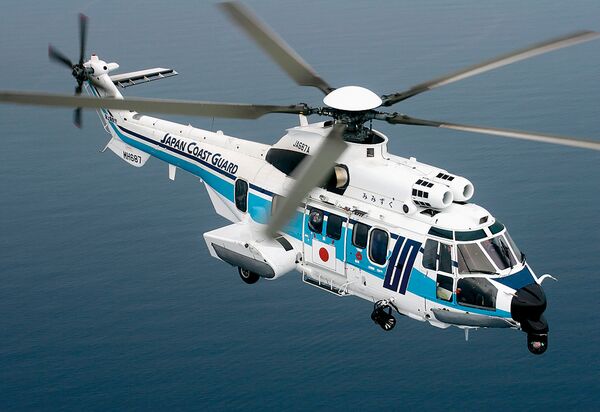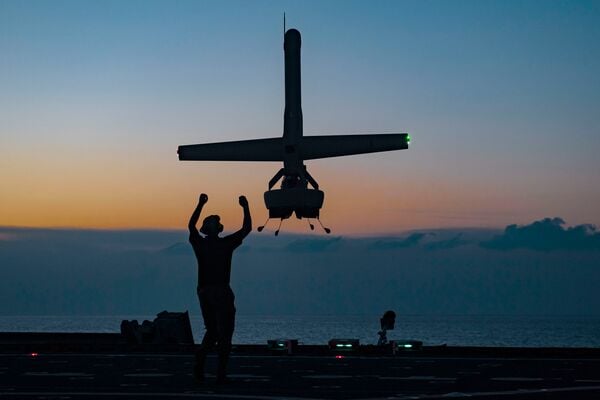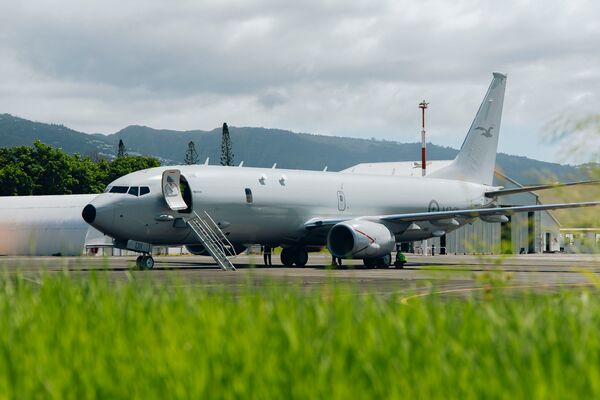- About
- Intara
- Capabilities
- Advisory
- Resources
- News
- Store
UK weighing up options for Prometheus 2 satellite successor
26 May 2023
by Olivia Savage


The Prometheus 2 CubeSats were scheduled to be launched from Cornwall onboard Virgin Orbit's LauncherOne rocket before an anomaly in the launcher resulted in the two satellites being destroyed. (Crown Copyright)
The UK is investigating several options to replace the Prometheus 2 satellites destroyed during the failed Virgin Orbit launch in January 2023.
Speaking with Janes on the Prometheus 2 successor, Head of Space Capability at UK Space Command Commodore Dave Moody said one possible option would be to repeat the project as before. The other option would involve developing satellites with more advanced instruments.
Developing a successor would depend on whether the project receives additional funding as well as all the necessary approvals and support from international partners. If this is achieved, he expects the new satellites will be more advanced versions of their predecessors, considering technology has progressed.
Japan Coast Guard orders three more Airbus H225 helicopters
16 April 2024
by Ridzwan Rahmat


A Japan Coast Guard H225 helicopter. The service has ordered three more airframes of the type. (Airbus Helicopters)
Japan's coastguard service has ordered three more Airbus H225 twin-engine helicopters.
This latest order brings the Japan Coast Guard's (JCG's) total H225 fleet to 18, including airframes that were acquired more than a decade ago, an Airbus spokesperson confirmed to Janes on 16 April.
Most recently, the JCG took delivery of three H225s in December 2023 and one in February 2024.
“The new helicopters will support territorial coastal activities, maritime law enforcement, as well as disaster relief missions in the country,” reads a statement issued by Airbus on 11 April to announce the latest JCG order.
“The Japan Coast Guard has been an active operator of the Super Puma family helicopters for three decades,” said Jean-Luc Alfonsi, managing director of Airbus Helicopters in Japan, in the media statement.
“We believe the H225 is the perfect choice for JCG's critical missions for law enforcement, as well as coastal and island protection, given its versatility in all weather conditions,” Alfonsi added.
Navy League 2024: Unmanned surface and aerial vehicles move from experimental to operational considerations
16 April 2024
by Michael Fabey


The V-Bat UAV, shown here during testing, is becoming the UAV of choice for US forces. (US Navy)
Military planners and operators are beginning to consider unmanned surface and aerial vehicles in a more operational light given recent successes in experiments and in the battlespace, according to defence analysts.
One case in point is the Long-Range Unmanned Surface Vessel (LRUSV) the US Marine Corps (USMC) plans to use as a semi-autonomous vessel for extended travel and transporting loitering munitions that accurately track and destroy targets on sea or land and serve as an intelligence, surveillance, and reconnaissance (ISR) platform, according to Bryan Clark, senior fellow and director of the Center for Defense Concepts and Technology at Hudson Institute.
“Marines are looking at that for unmanned logistics,” Clark told Janes on 31 March in an interview in advance of the Navy League Sea-Air-Space global maritime exposition held from 8 to 10 April in National Harbor, Maryland.
“They want to move materiel between the islands for the MLRs [Marine Littoral Regiments],” Clark said.
Australia awards contract for P-8A upgrades
15 April 2024
by Akhil Kadidal


The Boeing P-8A is an important platform for Australia. The RAAF uses the aircraft for widespread maritime surveillance activities and for long-range submarine tracking. This photograph shows an RAAF P-8A that was deployed at Roland Garros Airport, Reunion Island, in March 2024. (Commonwealth of Australia)
Boeing has been awarded a AUD139.5 million (USD90.1 million) contract to upgrade the Royal Australian Air Force's (RAAF's) P-8A Poseidon fleet.
The contract, announced on 15 April, will deliver Increment 3 Block 2 software, systems, and sensor upgrades to the RAAF's P-8A fleet, improving their anti-submarine warfare (ASW), maritime strike, and intelligence-collection capabilities, according to Boeing.
The upgrade programme will commence from September 2026, the company said. The RAAF currently operates 12 P-8As, out of a total of 14 ordered, according to Janes inventory data.
“The first two aircraft to undergo the Increment 3 modification will be upgraded in Jacksonville, Florida,” Boeing said, adding that the remainder will be upgraded by Boeing Defence Australia at RAAF Base Edinburgh.
Two new P-8As (the balance of the order of 14) are scheduled to be handed over to the RAAF in 2024 and 2025, according to Boeing. Janes
The UK is investigating several options to replace the Prometheus 2 satellites destroyed during the ...
Latest Podcasts
A focus on Libya
In this podcast Janes senior analyst James Trigg, joins Harry Kemsley and Sean Corbett to discuss Libya. Historic civil and political unrest have made it a country of interest globally for decades. Whilst other conflicts and world events have fo...
Listen nowJanes Case Studies
Using Janes Intara to build a common intelligence picture: Russian build up on the Ukrainian border
View Case StudyNews Categories
 Air Details
Air Details